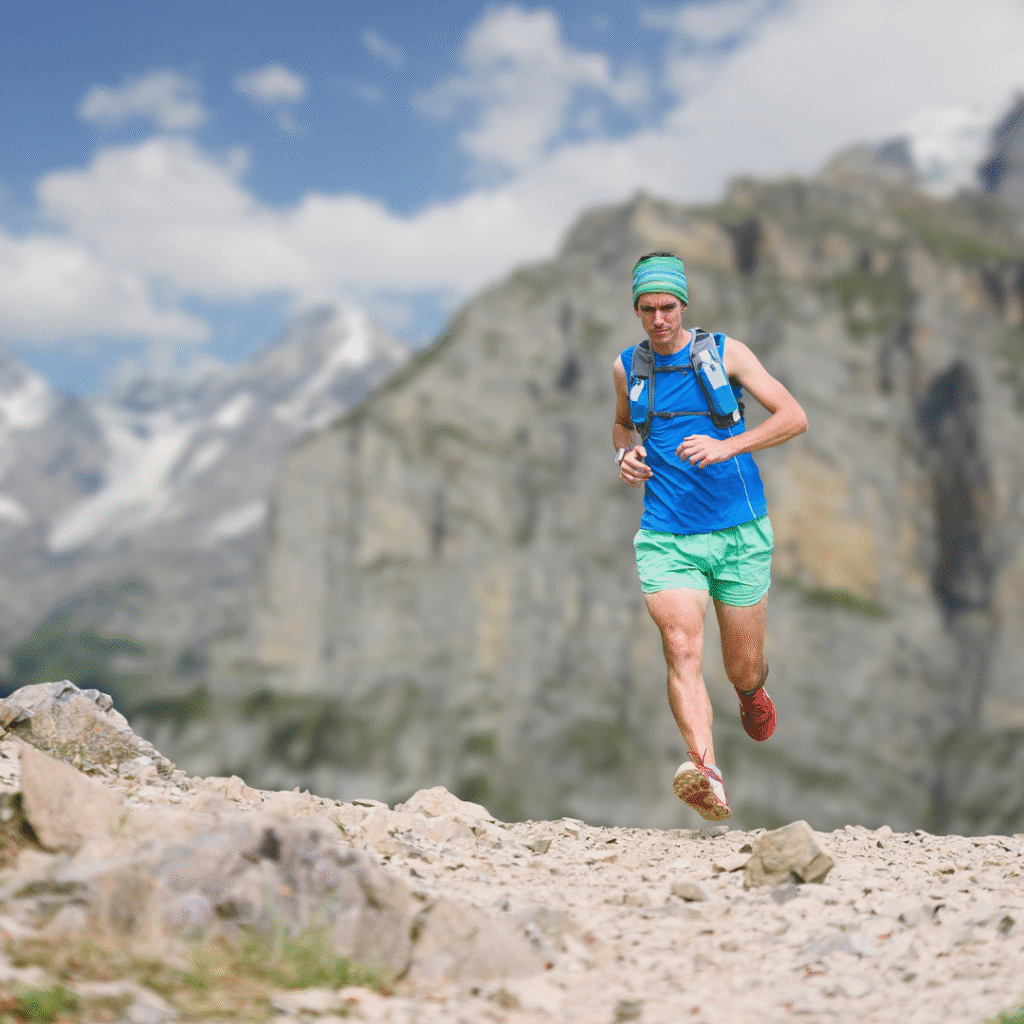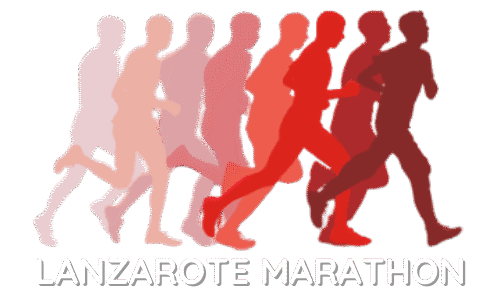
Essential Gear Every Long-Distance Runner Needs for Peak Performance
Long-distance running demands not just determination and stamina, but also the right gear to support performance and comfort. Essential gear can significantly enhance a runner’s experience, reducing the risk of injury and improving endurance. From footwear to clothing, the right choices can make all the difference during those demanding kilometres.
Footwear should always be a top priority. Proper running shoes designed for distance can help prevent blisters and support the arch, ensuring comfort over long miles. Additionally, moisture-wicking clothing can aid in temperature regulation, making the run more enjoyable regardless of the weather conditions.
Investing in a good pair of socks, a reliable hydration system, and a lightweight running watch will also contribute to a successful long-distance running experience. These items not only complement performance but also enhance overall enjoyment by allowing the runner to focus on the journey ahead.
Choosing the Right Footwear and Clothing
Selecting appropriate footwear and clothing greatly influences a runner’s performance and comfort. The right choices help prevent injuries and improve overall running efficiency.
Selecting Running Shoes
When selecting running shoes, fit is paramount. The shoe should accommodate the foot’s natural shape, allowing for slight movement. It is advisable to try on shoes later in the day when feet are slightly swollen to ensure a comfortable fit.
Key Considerations:
- Cushioning: Shoes should have adequate cushioning based on the runner’s style and preference.
- Support: Look for options that provide the necessary arch support, especially for those with specific foot types.06/01/2025
- Terrain Compatibility: Choose shoes designed for road running versus trail running, as each caters to different conditions.
- Durability: Quality materials will withstand the wear and tear of long-distance running.
Importance of Running Socks and Compression
Running socks play a crucial role in preventing blisters and maintaining comfort. High-quality running socks often feature moisture-wicking properties that help keep feet dry.
Key Elements:
- Length: Short ankle socks or crew-length socks may fit different preferences.
- Material: Opt for blends that include merino wool or synthetic fibres for effective moisture management.
- Compression Socks: These promote circulation and can reduce fatigue during longer runs. They often provide additional arch support.
Choosing the right socks can greatly enhance overall comfort during long distances.
Optimal Running Clothing Materials
The choice of running apparel affects temperature regulation and comfort. It is essential to look for materials that wick moisture and dry quickly.
Recommended Fabrics:
- Moisture-Wicking Fabrics: These include polyester and nylon blends, which pull sweat away from the skin.
- Quick-Drying Fabrics: Fabrics that dry rapidly prevent chafing and discomfort during extended runs.
For cooler weather, incorporating a warm layer or jacket is advisable. Suitable options include lightweight, breathable jackets that maintain warmth without bulk.
Running shorts and tights should allow free movement and be comfortable against the skin. Women may benefit greatly from properly fitted sports bras that offer the right support without restriction.
Hydration and Nutrition Strategies
Proper hydration and nutrition are crucial for long-distance runners to maintain peak performance. Selecting the right gear and strategies can significantly impact energy levels, endurance, and recovery.
Hydration Packs, Bottles, and Belts
Hydration options vary widely and should cater to the runner’s preferences and race conditions. Hydration packs are popular for longer runs, offering hands-free water access and storage for essentials. They typically hold between 1.5 to 2.5 litres of water, making them suitable for extended sessions.
Handheld water bottles provide an alternative for those who prefer minimal gear. These bottles are designed for ease of grip and may come with insulated features. A running belt offers another option, allowing runners to secure water bottles or hydration pouches while keeping their hands free.
Selecting the right container is vital. Factors to consider include capacity, comfort, and the fit of the gear when running.
Managing Race Nutrition and Running Fuel
Long-distance runners require effective nutrition strategies to sustain energy levels. Energy gels are a popular choice, delivering a quick carbohydrate boost. These gels, often packaged in small, convenient sachets, can be easily consumed during a race.
In addition to gels, energy bars, and other nutrient-rich snacks are beneficial for pre-race and training sessions. A well-balanced intake should include carbohydrates, proteins, and healthy fats to support overall performance.
Timing is crucial; consuming food or gels roughly every 45-60 minutes during a race can help maintain energy. Experimentation with different products before race day is essential to avoid gastrointestinal issues.
Essential Accessories for Long-Distance Runners
Long-distance runners benefit significantly from various accessories designed to enhance performance and safety. Having the right tools can impact training efficiency, comfort, and overall running experience.
Monitoring Progress with Running Watches
A quality GPS running watch is essential for tracking distance, pace, and heart rate during runs. These sports watches often include features like route mapping, interval training, and performance analysis.
Top brands offer models with built-in GPS and heart-rate monitors, catering to serious runners who require detailed metrics.
Many watches are compatible with mobile apps, allowing for seamless syncing of workouts. Features such as live tracking can also provide peace of mind for those running in remote areas or technical trails.
Investment in a reliable running watch enhances accountability and encourages consistent training.
Headgear and Weather Protection
The right headgear protects against the elements and improves comfort. A lightweight hat or beanie provides insulation during colder months and shields from the sun and rain.
Opt for moisture-wicking materials that keep the head dry and ventilated. Some hats feature built-in reflective strips, aiding visibility in low-light conditions.
Sunscreen is another critical accessory, particularly for outdoor runs. Apply a broad-spectrum sunscreen with a minimum SPF of 30 to prevent skin damage.
Keep in mind that UV rays can penetrate through clouds, making it vital to apply sunscreen on all runs, regardless of the weather.
Visibility and Safety
Visibility is crucial for long-distance runners, especially during early morning or evening runs. Reflective gear or accessories, such as vests and armbands, increase visibility to motorists and other pedestrians.
Headlamps are indispensable for night runs, illuminating the path ahead and ensuring safe navigation through darker areas. A well-designed headlamp can offer adjustable brightness settings, long battery life, and a comfortable fit, allowing runners to stay aware of their surroundings without slowing down.
Additionally, consider using blinking lights that can attach to clothing or shoes. These small yet effective accessories alert others while maintaining visibility without impeding movement.
Safety is always the runner’s priority, and appropriate visibility gear ensures clear awareness when on the move.
Audio and Motivation Tools
Music and motivational tools can play a vital role in enhancing the running experience. Quality headphones are essential for audio enjoyment over long distances. Look for wireless designs that resist sweat and remain securely in place.
Many runners prefer motivational playlists or podcasts that inspire and keep them engaged during workouts. Additionally, consider using apps that offer guided runs or coaching tips for added encouragement and structure.
The right audio equipment not only entertains but can also improve pacing and endurance, making long runs more enjoyable and productive.
Recovery, Community, and Ongoing Support
Effective recovery and support systems are crucial for long-distance runners. Prioritising post-run recovery and engaging with the running community can significantly enhance performance and enjoyment.
Post-Run Recovery Tools
Implementing the right recovery tools is essential for maintaining stamina and preventing injuries. A foam roller can alleviate muscle soreness and aid flexibility by targeting tight areas in the muscles post-run.
Other effective recovery methods include:
- Compression sleeves for reducing swelling and enhancing blood flow.
- Stretching to maintain flexibility and prevent injury.
- Hydration and proper nutrition to replenish lost fluids and nutrients.
Incorporating these tools into a recovery routine can expedite healing and prepare runners for their next challenge.
Value of the Running Community
Being part of a running group provides social interaction and encouragement, which can motivate individuals to stay committed. Having access to shared experiences and knowledge can improve skills and confidence.
Community support also includes:
- Group runs, which offer camaraderie and accountability.
- Training sessions, where runners can learn proper techniques and strategies.
Connecting with fellow runners fosters a sense of belonging that encourages both personal and collective growth. Engaging in this community experience can be as rewarding as the physical activity itself.
